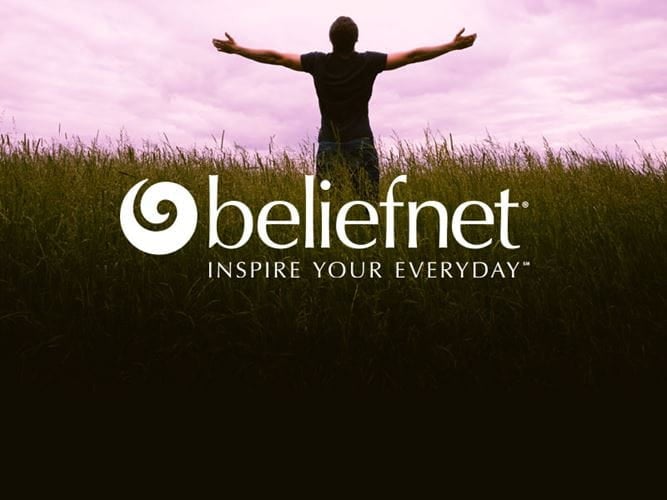A year of beauty. A year of plenty.
A year of planting. A year of harvest.
A year of forests. A year of healing.
A year of vision. A year of passion.
A year of rebirth.
This year may we renew the earth.
This year may we renew the earth.
Let it begin with each step we take.
And let it begin with each change we make.
And let it begin with each chain we break.
And let it begin every time we awake.
--Chant from the
Reclaiming Samhain Celebration
Reclaiming Samhain Celebration
Samhain--pronounced sow-(rhymes with now)-in--more popularly known as Halloween, is the Witches' New Year, Wicca's most solemn and festive holiday. In my book "The Spiral Dance," I describe it as "the night when the veil is thin that divides the worlds...when the harvest is gathered and the fields lie fallow. The gates of life and death are opened and to the living is revealed the Mystery: that every ending is but a new beginning."
For Pagans, death and birth are intertwined. Our goddesses and gods all represent aspects of the cycle of birth, growth, death, and regeneration. Every good gardener knows that fertility is born out of decay. Every fallen leaf becomes part of the soil that feeds the roots of growing trees.
 | ||
| A public ritual to acknowledge the dead is a statement that grief is valued. | ||
 |
Pagans have no dogma that must be accepted. Our spirituality centers on experience, not faith. Yet if we were to hold one common belief, it might be that our individuality lives on after death. We remain part of our communities, alive and present in a different realm.
At Samhain, we take time to remember and commune with those who have gone before, to express gratitude for what they've given us. In our frantic pace, we tend to forget our past. Few of us know much about our families beyond a generation or two back. Remembering the dead can help us keep a sense of connection to our roots.
In my home, we set up an altar for our ancestors, a custom we've borrowed from our Latino neighbors, who also honor the dead at this time of year on El Dia de los Muertos (The Day of the Dead), November 2. We put up old family pictures and mementos. We make an ancestor dinner, cooking our families' favorite ethnic foods, and spend an evening telling stories about our lost loved ones.
The next generation will know the picture of my Uncle Hi in his WWII uniform, who always said that he joined the Navy because it was a clean life, but he didn't know who cleaned it until he got in. My partner, David, might tell how his father was a champion swimmer, or I might sing one of my grandmother's songs.
In the heart of the ritual is a long, quiet meditation in which we read the names of those who have died in the past year. The death of someone we love is too hard to face alone. When someone dies, we need the comfort of community support. A public ritual to acknowledge the dead is a statement that grief is valued. Even though we believe the dead are not severed from us, we understand the pain and loss of their going.
Samhain is also a celebration of renewal. When we dance our spiral, we weave a vision of all that we want to create in the new year:
May the old ones and the young be loved,
And all the forms of love be blessed,
And all the colors of our skin be praised,
And all the cycles of life be saved.
May all who hunger now be fed,
May we heal the earth that grows our bread.
Many of the elements of our ancient festival have turned into secular folk customs. The candles, costumes, ghosts, and spooks are all dim memories of a time when people welcomed their beloved dead back to their homes and propitiated spirits with offerings.
For your Samhain, try one or more of these rituals:
Halloween is a time when powerful forces converge. Our most sacred holiday is also, unfortunately, the time when anti-witch propaganda may abound.
I believe the way to respond to fear and misinformation is to tell the truth about what we do. Halloween gives us a great opportunity to educate the public by speaking at your child's school or giving an interview to the local press. In 25 years of public life as a witch, what amazes me is not the prejudice I've encountered, but how many open and supportive people I've met.
When we counter fear with openness and truth, we can truly bring about the renewal that this season promises.
This year may we renew the earth
This year may we renew the earth
Let it begin with each step we take
And let it begin with each change we make
And let it begin with each chain we break
And let it begin every time we awake.

